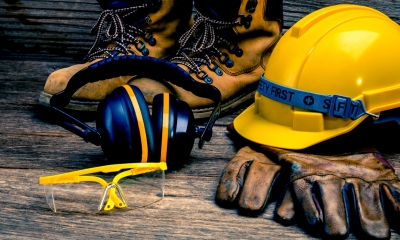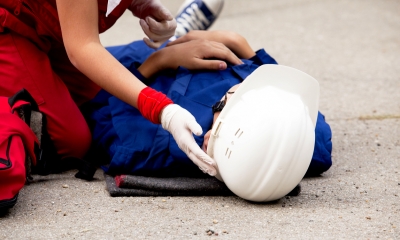
Managing basic health and safety need not be costly or complicated. Following this common-sense checklist can help minimise most risks.
- Register with your local council or, if necessary, with the Health & Safety Executive (HSE), and ask what help and information they can provide.
- Contact your local business support organisation or trade association and the HSE to get up-to-date information on the requirements for your industry and business generally.
- Appoint one or more competent people to be responsible for health and safety - make sure they receive appropriate training.
- Decide how you will involve and consult employees; consider appointing a safety committee.
- Carry out an annual health and safety risk assessment or more frequently if risks change in your business (for example, when you introduce new equipment, working methods, materials or chemicals or you employ workers at greater risk).
- Carry out a fire-risk assessment. Contact your local fire safety officer for information and advice and to check what is required.
- Install any recommended protective safety equipment such us fire extinguishers, blankets, smoke alarms and sprinkler systems and ensure exits are clearly signposted and are kept clear.
- Carry out regular fire drills and check systems work.
- Plan how you will cope with accidents, including first-aid kits, qualified first aiders, an accident book and a system for reporting serious injuries, diseases and incidents.
- Make sure physical conditions (such as lighting and ventilation) and work practices (rest breaks, for instance) promote employee welfare and health.
- Consider whether you need to offer staff annual health checks (for example, nightworkers or those carrying out physical or particularly risky work).
- Provide suitable personal protective equipment to those workers (including employees, casual and temporary workers) and who need it. Check the equipment is in a good state of repair and that workers and employees use it.
- Review how you meet the health, safety and welfare needs of special cases - such as pregnant women, young people and those with disabilities.
- Provide training for all employees, taking into account any particular risks they may face; include health and safety responsibilities in their contracts.
- Give employees information on risks and preventive measures; display the approved health and safety poster (the poster and leaflets are available from the HSE website) and use signage where necessary.
- Prepare a written health and safety policy covering your approach to health and safety, who is responsible, and what your procedures are.
- Communicate your policy to all employees and anyone else that could be affected (eg customers, visitors, freelance staff).
- Monitor the effectiveness of health and safety procedures and training.
- Check you have the required employers’ liability insurance; consider whether you also need public liability or other insurances.



